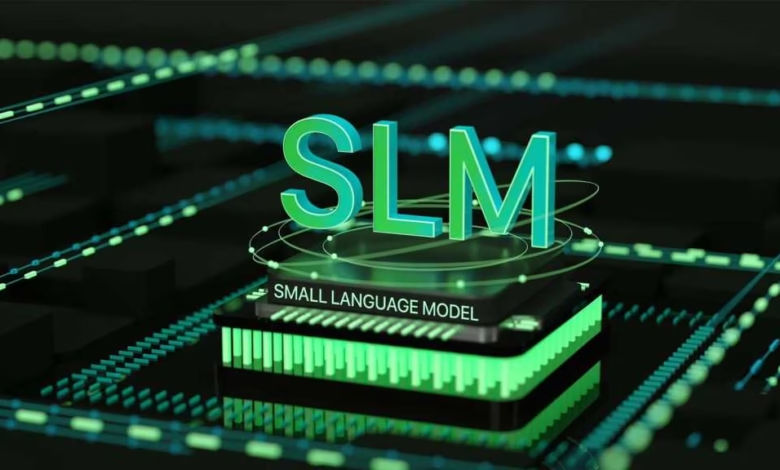Microsoft’s New Mu: Should You Try It?

▼ Summary
– Microsoft introduced Mu, a new generative AI system designed to revolutionize how users interact with devices like PCs and appliances.
– Mu allows users to control their computers using plain language commands, such as adjusting settings like dark mode or mouse pointer size.
– The AI tool is initially integrated into the Windows 11 Settings app, interpreting user requests and executing the corresponding changes.
– Unlike typical cloud-based large language models (LLMs), Mu is a small language model (SLM) with 330 million parameters, optimized for efficiency.
– Mu runs on specialized neural processing units (NPUs) found only in the latest Copilot+ PCs, which began shipping in June 2024.
Microsoft’s latest AI innovation, Mu, is reshaping how users interact with their devices by introducing intuitive voice and text commands for everyday tasks. This groundbreaking generative AI system allows seamless control over computer settings through natural language, eliminating the need for manual navigation through menus. Currently integrated into Windows 11’s Settings app, Mu responds to straightforward requests like “enable dark mode” or “increase mouse pointer size,” executing changes instantly.
What sets Mu apart is its lightweight design. Unlike cloud-dependent large language models, Mu operates as a small language model (SLM) with just 330 million parameters, optimized to run efficiently on specialized neural processing units (NPUs). These chips, embedded in the newest Copilot+ PCs from leading manufacturers like Dell, HP, and Samsung, enable Mu to deliver fast, localized processing without relying on external servers.
The technology debuted with the June 2024 launch of Copilot+ PCs, marking a significant leap in AI-powered computing. For now, only these next-generation devices support Mu and similar advanced Windows 11 AI features, offering users a glimpse into a future where machines understand and adapt to human language effortlessly. While still in its early stages, Mu’s potential extends beyond settings adjustments, hinting at broader applications for simplifying digital interactions.
(Source: COMPUTERWORLD)

